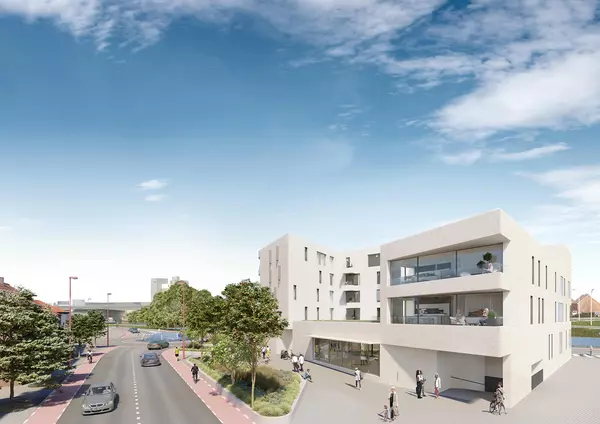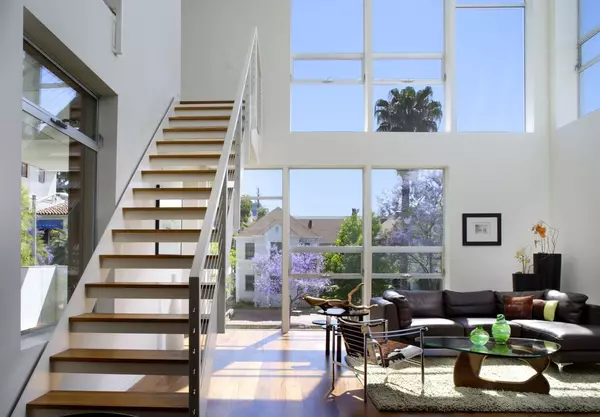Furnished Executive Rentals in Canada: Evolving Opportunities in a Stable Niche
Furnished executive rentals remain a specialized but steady-performing segment of the Canadian rental market, even given changing economic conditions and regulations. As the short-term rental sector faces increasing scrutiny and as many investors seek more stable, mid-to-high-income tenant bases, executive rentals are emerging as a suitable alternative.
These properties serve a very specific need in the market: housing for professionals, corporate assignees, and project-based workers who require quality accommodations for durations that are too long for a hotel, but too short to make an unfurnished lease practical.
Shifting Tenant Demand
Executive furnished rentals traditionally catered to relocating executives and business travellers. Many professionals travel for project-based collaboration, short-term assignments, or seasonal in-person stints, and often prefer residential-style accommodations over extended-stay hotels. That demand continues, but it has also diversified, with increasing demand for medium-term furnished housing from sectors like healthcare, infrastructure, and tech. Major infrastructure projects in British Columbia and Ontario, for example, have driven demand for workforce housing among engineers, consultants, and specialists on secondment.
The Medium-Term Advantage
One notable shift in recent years is the growing strategic value of medium-term furnished rentals, which are leases ranging from one month to just under a year. These stay lengths are typically too long for Airbnb-style vacation rentals, which are additionally subject to municipal regulation in many cities, but not long enough to require a 12-month lease for more permanent renters. This middle ground can provide better cash flow than long-term rentals while avoiding the compliance and volatility risks associated with short-term platforms.
This appeal is strongest where short-term rentals have been restricted or heavily taxed, such as Vancouver, Toronto, and Victoria. Furnished executive rentals that fall into the 30- to 180-day category remain largely exempt from STR licensing regimes while continuing to generate high per-night yields.
Rent Premiums and Revenue Potential
The fully furnished nature of executive rentals allows landlords to command rental premiums over comparable unfurnished units, depending on location and lease length. This premium reflects not just the inclusion of furniture, utilities, and Wi-Fi, but the value of flexibility, convenience, and immediate move-in readiness.
Properties located near hospitals, corporate clusters, or major infrastructure projects tend to perform best, but high-demand neighbourhoods near transit and walkable commercial districts also do well.
High-end furnishings are required, providing comfort and functionality, while fitting an upper-end image. Units need to feel cohesive, well-maintained, and business-friendly.
Property Management Support
Management is key. The operational demands of a furnished rental—coordination of cleanings, inventory checks, repairs, and tenant turnover—are considerably higher than an unfurnished long-term rental. Many Canadian investors are turning to specialized property management firms that offer full furnishing packages, short-notice maintenance, professional photography, and cross-platform marketing. These services are essential in maintaining occupancy, especially in more competitive markets.
Moreover, corporate clients and relocation companies appreciate dealing with professionals who understand compliance, insurance, and documentation standards. This makes a managed property more appealing and often helps landlords secure repeat contracts with companies or staffing agencies.
Barriers to Entry (And Why They Still Make Sense)
Startup costs can be a hurdle. Outfitting a one-bedroom unit to executive standards, including furniture, decor, linens, and small appliances, can range from $10,000 to $20,000. However, the returns often justify the expense, particularly in metro areas where corporate per diems or relocation budgets remain robust. Investors should focus on durable, high-quality items, particularly in kitchens and living spaces, which have the most impact on impressions.
Landlords must plan for inevitable wear and tear while ensuring furnishings consistently meet high standards. This can be managed with a preventative maintenance schedule and vetted service providers, or simplified by using a furnishing service that guarantees attractive, well-maintained pieces are always available.
However, despite these added costs, furnished executive rentals can offer a relatively low-volatility investment strategy. They allow for a mix of premium pricing, tenant flexibility, and controlled vacancy. For landlords moving away from short-term rental dependence or looking to balance their portfolio with flexible, cash-flow-rich assets, executive rentals present a potential alternative.
That process becomes significantly easier with the right support. Marco Property Management, for example, offers furnishing solutions tailored to the executive rental segment. Services include comprehensive interior design consulting, curated furnishing packages, and even emergency furnishings for landlords facing last-minute unit turnovers or upgrades. With a focus on both visual appeal and long-term durability, Marco ensures each property meets high standards while remaining operationally efficient. For landlords and property owners aiming to enter or scale within the furnished rental space, these services can substantially reduce setup time and ongoing stress, delivering both polish and performance.
Recent Posts










